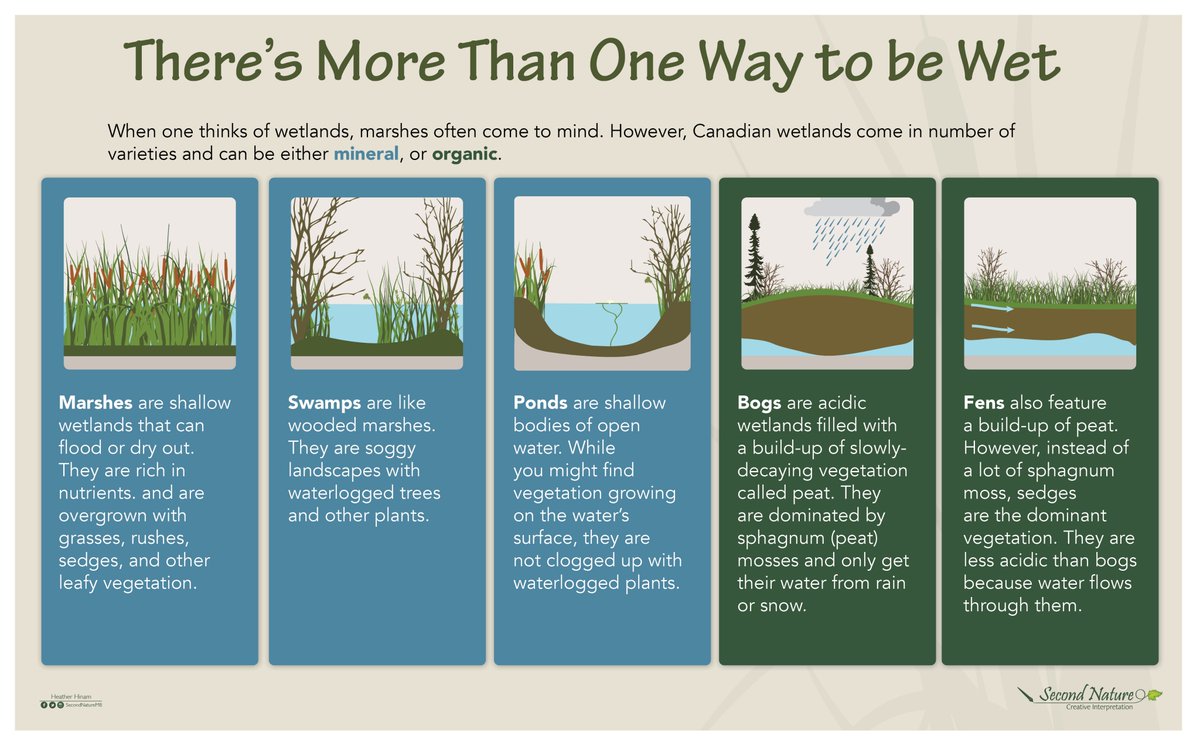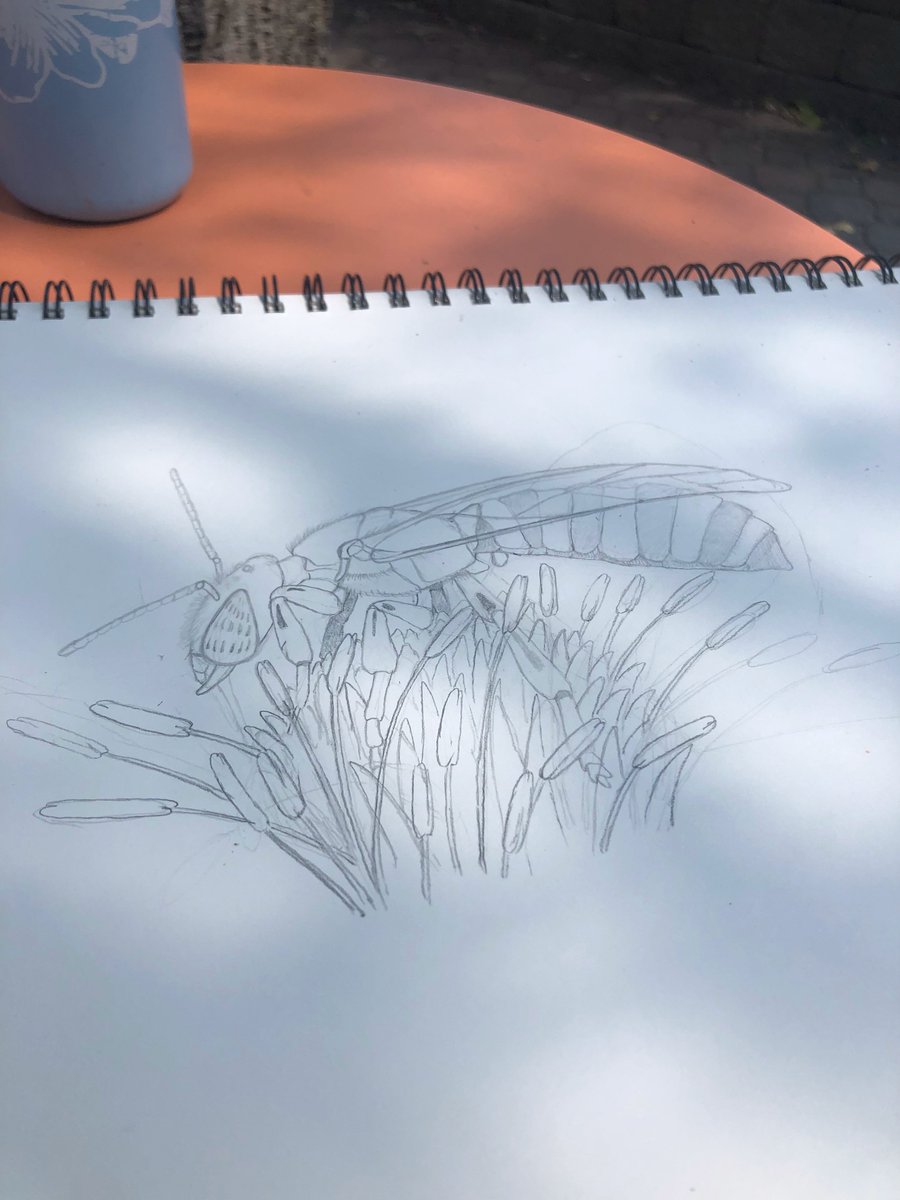
I get a lot of questions about how our wildlife can survive the cold. It can be -35C and you'll still hear and see signs of animals everywhere. How do they do it? I thought it might be fun to take a look at some of our wildlife's amazing adaptations for winter. #scicomm 1/ 





Losing heat, especially from the core, is their biggest problem. We just put on more clothes and in some ways, animals do too. Chickadees have 50% more feathers in the winter. Mammals grow thicker fur, with longer guard hairs that trap warm air near the body. 2/ 







Many animals have counter current heat exchangers in their limbs (bird legs, mammal noses and legs, ears, tails). Arteries and veins form a network so warm blood going out transfers heat to the blood coming back. The extremities are kept near freezing, but the core stays warm. 3/ 

There's not much water in the tissue of bird legs or deer hooves to freeze, so keeping the temperature of these extremities cold help preserve energy while reducing heat lost to the environment. 4/ 

When insulation is not enough on its own, metabolism has to make up the difference. Birds, like crows and ravens, shiver constantly when not moving. Redpolls can boost their basal metabolism 5-7x normal and survive temperatures down to -70C! 5/ 



The high metabolic cost of keeping warm needs a lot of fuel, so many species, like corvids, chickadees, and tree squirrels hide food in the fall so they have a ready store to get through the winter. Canada Jays breed in February and rely on their caches to feed their young! 6/ 





Small mammals are too little to grow enough fur to stay warm all winter, so they move under the snow. The bottom (pukak) layer stays around 0C all winter. Mice and voles create a network of tunnels in this layer where they can stay warm. 7/ 



Grouse use snow as an insulator too. They bury themselves in caves known as kieppi to wait out a cold night. Chickadees have been observed doing this as well. 8/ 







Animals that can't regular their body temperature internally (heterthermic) deal with cold differently. While many seek out places to avoid freezing (snakes), some, like woolly bears, grey tree frogs and wood frogs let themselves freeze! 9/ 



They have ice nucleating proteins in their blood that encourage crystals to form outside of cells and glycol keeps the crystals from getting sharp. They freeze solid for months. The crazy part is that they thaw out heart first! We still don't know how this works. 10/ 

There are so many other issues animals have to face, like getting around in the snow and finding food, but I think I'll leave those for another thread. I hope the next time you go outside in the cold, you think about wildlife and their amazing winter adaptations #scicomm. 11/11 





• • •
Missing some Tweet in this thread? You can try to
force a refresh











